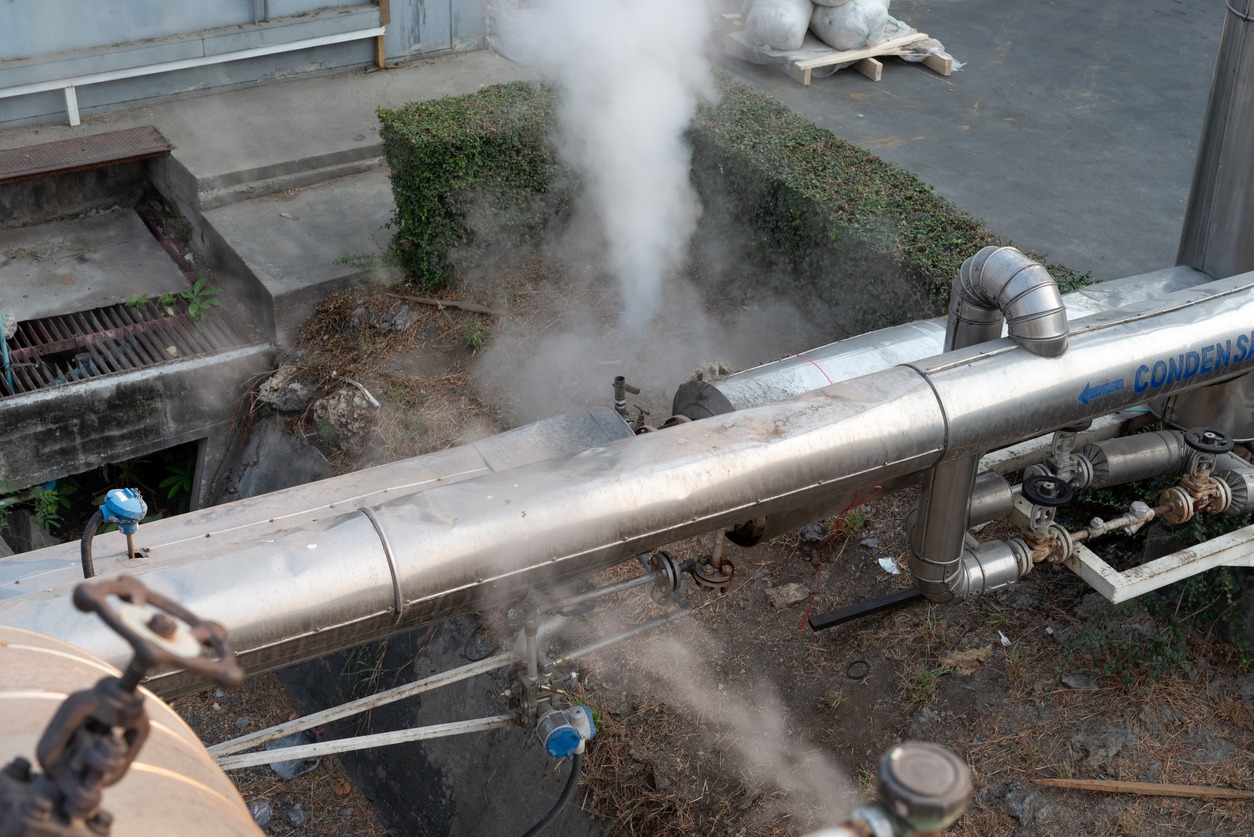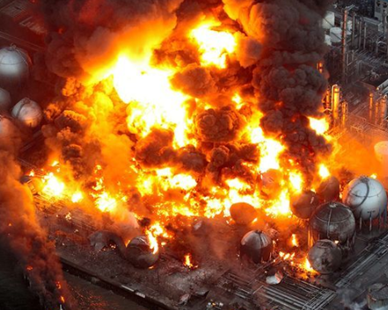Surge & Transient Analysis:
Pipelines are used for the transportation of fluids, either liquid or gas. The flow direction in the pipeline is controlled with fittings such as Pressure Control valves, Flow Control Valves, Level Control Valves, Normal isolation valves, elbow, reducer, expander, drain valves, Tee- joint, etc. The majority of pipelines taking (Tie-in) from Brown Field Projects are not straight pipelines. The Process Engineer will be taking care of the process parameters through a hydraulic calculation study.
Sometimes the flow can vary due to sudden changes abruptly in process conditions in the dynamic stage of the plant. When the flow through the pipeline is suddenly stopped due to any emergency or operational reasons, the sudden change of momentum increases or decreases the pressure very quickly. The impact of such a sudden increase or decrease in pressure is quite significant and can severely affect the operation and safety of the entire pipeline. Therefore, Surge analysis has become critical for designing and maintaining the pipeline to avoid any catastrophic failure.
DEPCS uses Honeywell Unisim Simulation for the entire pipeline, including the pumps and valves. During the analysis, the characteristics of the pipeline are collected from the client. The inputs for performing the surge analysis are:








